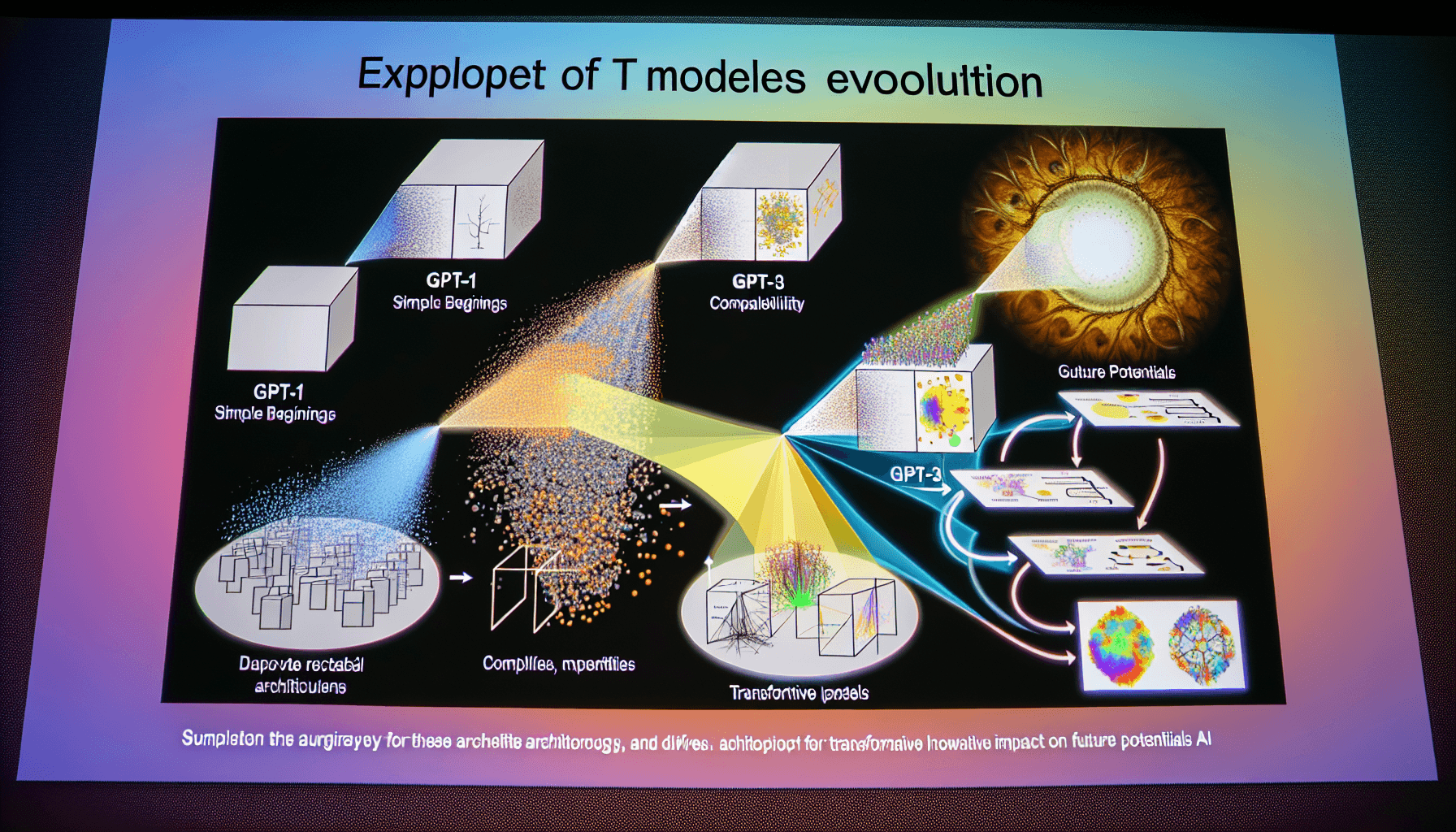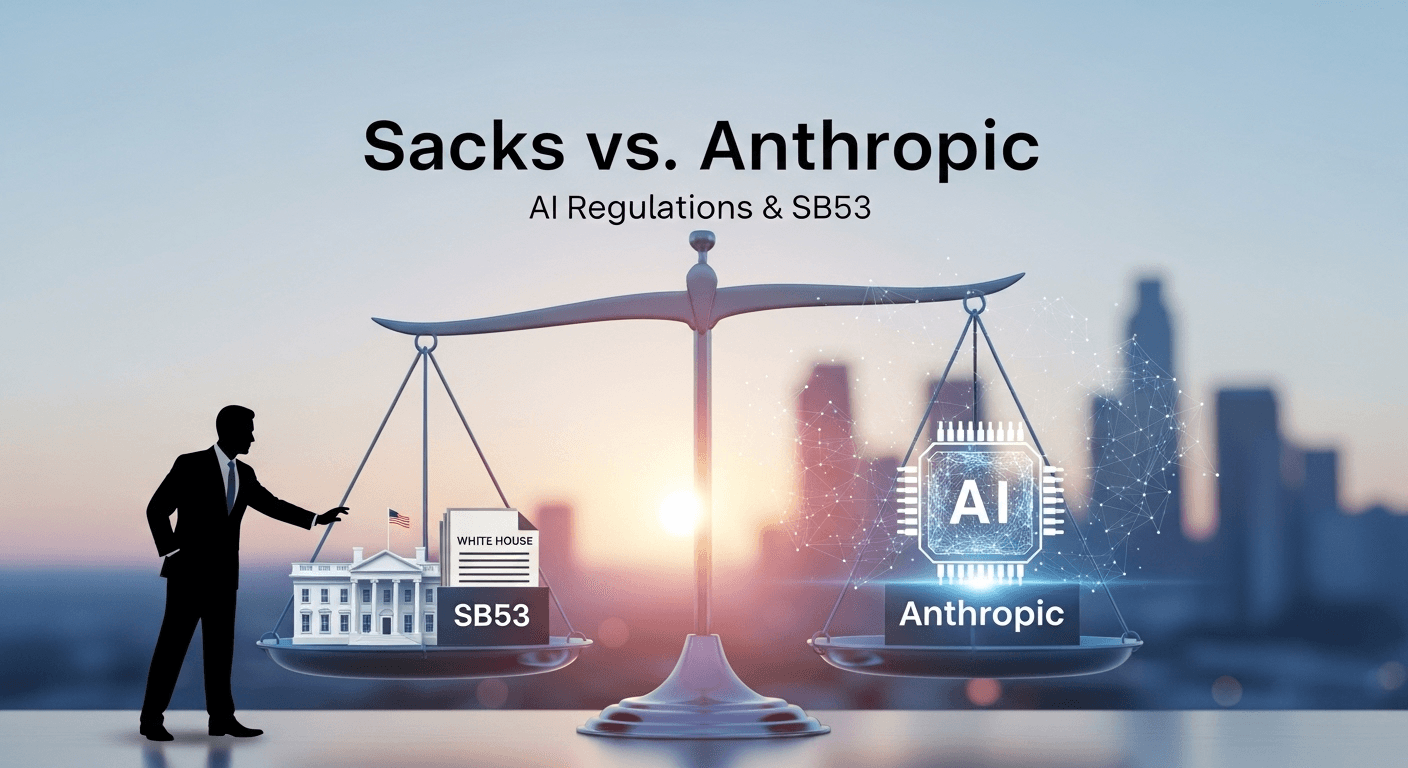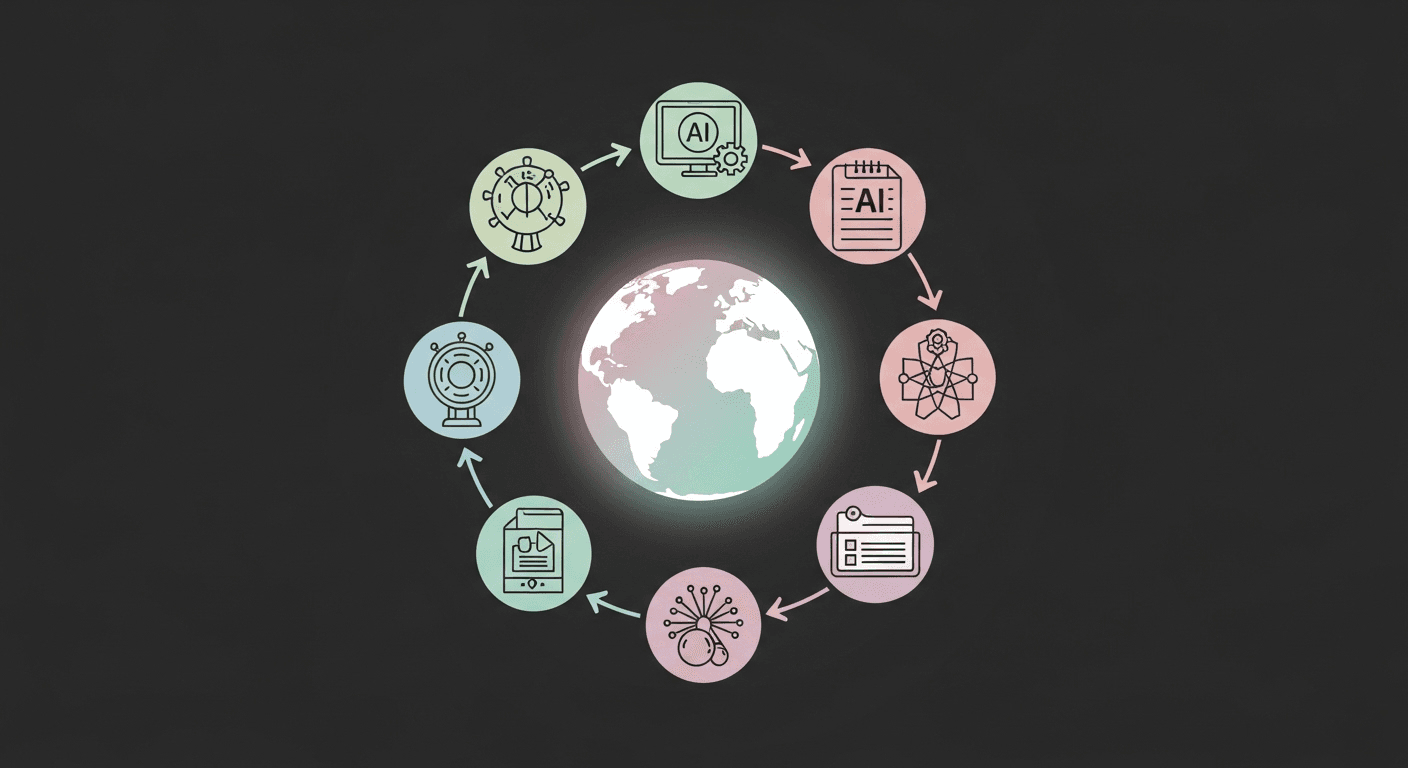Exploring GPT Architectures: From GPT-1 to GPT-3 and Beyond

Introduction to Generative Pre-trained Transformers
The rapid advancement in AI and machine learning has been significantly driven by the development of models like Generative Pre-trained Transformers, commonly known as GPTs. Developed by OpenAI, these models have set new benchmarks in the field of natural language processing (NLP). From GPT-1 to GPT-3, each iteration has brought deeper insights and more powerful capabilities. In this blog, we will explore the progression of these architectures, their implications, and what the future holds.
GPT-1: The Foundation
Launched in 2018, GPT-1 was the first in the series and a revolutionary step forward in NLP. Built on the idea of Transformer architectures, it was capable of generating coherent and contextually appropriate text based on the input it received. This model was trained on a dataset of 40GB of text data, which, while substantial at the time, is modest compared to later models.
GPT-1’s primary innovation was the use of ‘unsupervised learning’ to pre-train a model on a diverse corpus. This approach not only enhanced the model’s language understanding but also its ability to generate human-like text.
GPT-2: A Leap Forward
GPT-2 was introduced in 2019, and it took the capabilities of GPT-1 to a whole new level. With 1.5 billion parameters, GPT-2 was trained on an even larger dataset of 40GB of text. The result was a model that could generate even more coherent and contextually rich text, opening up possibilities from automated story writing to advanced chatbots.
Despite its capabilities, OpenAI initially limited GPT-2’s release due to concerns over potential misuse, such as generating misleading news articles or impersonating individuals online. This decision sparked a widespread debate on the ethics of AI technology.
GPT-3: Breaking Boundaries
GPT-3, released in 2020, is by far the most powerful version among the GPT series. With an astonishing 175 billion parameters, it was trained on hundreds of gigabytes of text data. GPT-3’s capabilities not only include high-quality text generation but also solving analytical tasks, composing poetry, and more, often indistinguishable from human work.
GPT-3 has also been integrated into various applications to showcase its adaptability and efficiency in different contexts. For instance, its ability to generate programming code has been revolutionary, enabling developers to streamline their workflow by translating natural language commands into functional code.
Impacts and Ethical Considerations
The progression from GPT-1 through GPT-3 has raised significant ethical and societal questions. The power of these models comes with risks, such as the dissemination of fake information and privacy concerns. It is essential that as these technologies develop, governance and ethical frameworks also evolve to guide their use responsibly.
The Future: GPT-4 and Beyond
While GPT-3 remains a landmark achievement, the field is already looking towards GPT-4 and beyond. Each new version aims to surpass its predecessors in sophistication and utility. Rumors suggest that GPT-4 may include even more parameters and training on broader datasets, pushing the boundaries of what AI can achieve.
As we continue to explore these powerful models, the potential to transform industries like healthcare, finance, and education grows. However, it remains crucial to balance innovation with ethical considerations, ensuring that advancements benefit society as a whole.
Conclusion
The exploration of GPT architectures from GPT-1 to GPT-3 and beyond offers a fascinating glimpse into the future of AI. With each iteration, these models not only enhance our ability to process and understand large volumes of data but also challenge us to think critically about the role of AI in shaping our world. As we move forward, the journey of GPT models will undoubtedly continue to be at the forefront of AI research and application.
Thank You for Reading this Blog and See You Soon! 🙏 👋
Let's connect 🚀
Latest Blogs
Read My Latest Blogs about AI

Sacks vs. Anthropic: The High-Stakes Battle Over AI Regulations, Regulatory Capture, and California’s SB53
White House adviser David Sacks accuses Anthropic of manipulating AI rules. We explore SB53, the regulatory capture debate, and its implications for startups and federal policy.
Read more


